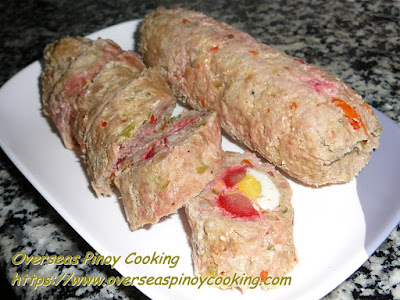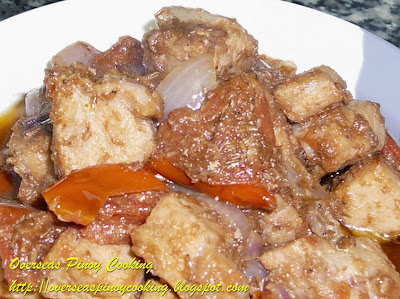Pinoy Buko Chopsuey

LP24: Loco over Coco This month’s theme for Lasang Pinoy is Loco over C oco . Crazy over coconut indeed coconut is a major part of Filipino cuisine being the Philippines a tropical country, coconut trees of all kinds are part our landscape. To learn more about the importance of coconut in Pinoy cooking check out Bukcaio, Kai who is hosting Lasang Pinoy 24: Loco over Coco has written an informative essay about the tree of life. Pinoy Buko Chopsuey is my entry for this month’s event, chopsuey is a very popular vegetable dish amongst Pinoy it is loved by every one young and old alike and from all walks of life. There are several Pinoy versions of this dish. I have made a post several months back, an original version I called Oriental Chopsuey and it is one of the most visited post. For my Pinoy Buko Chopsuey version I added young coconut meat and all the other ingredient are the similar, you could always adjust the type and quantities of vegetable and topping ingredients b...










